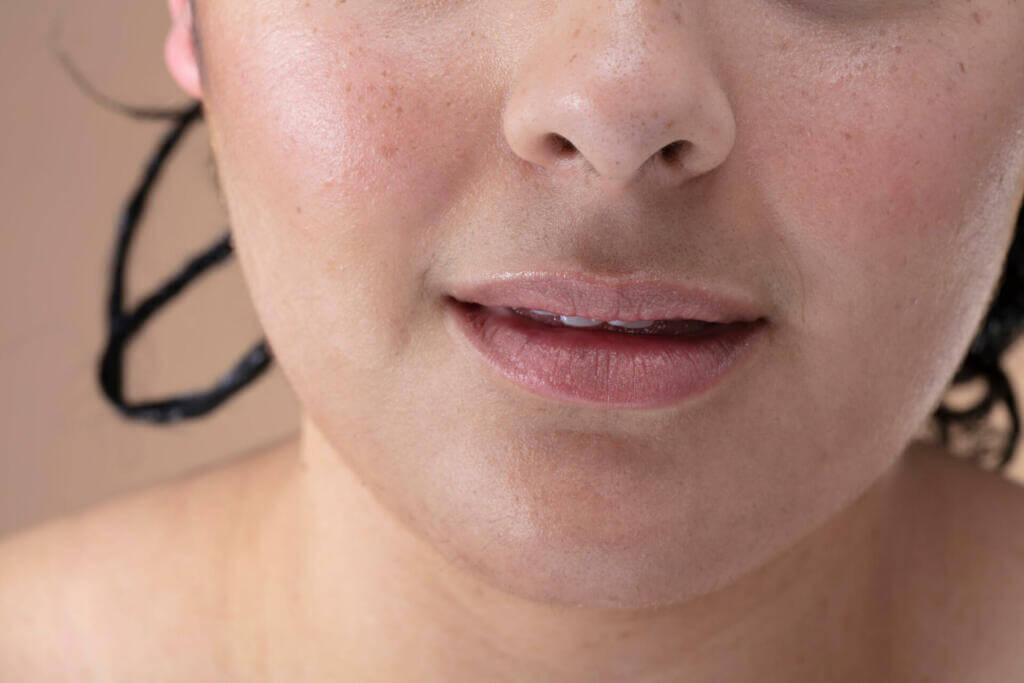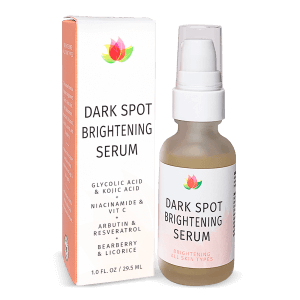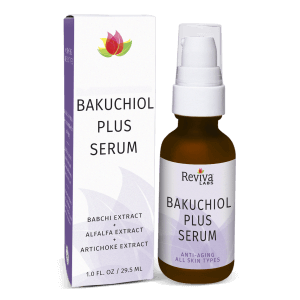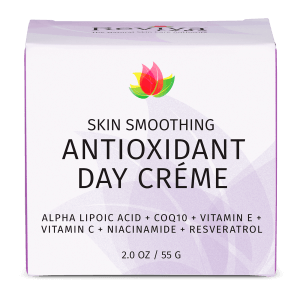Reviva Labs, Skin Care
Understanding Skin Redness
When your skin suddenly turns red, it can be uncomfortable and concerning. Redness is often a sign of inflammation that can stem from a variety of factors ranging from environmental triggers to internal responses. To address skin redness effectively, it’s essential to identify its root causes and understand the best ways to reduce inflammation and soothe the skin.
Common Triggers
One of the most common reasons your skin turns red is because something has irritated it. The most common triggers include exposure to certain ingredients found in some skincare products, laundry detergents, or environmental factors like pollution and extreme weather. This irritation leads to the breakdown of the skin barrier, causing the skin to react with redness, dryness, or a stinging sensation.
A major cause of redness is allergic reactions, which can occur when the skin comes into contact with irritants or allergens. These can include ingredients in skincare products, fabrics, plants like poison ivy, or even certain foods. Allergic reactions often lead to a condition known as contact dermatitis, which presents as a red, itchy rash. To alleviate the redness and discomfort, it’s crucial to identify and avoid the offending substance. Topical corticosteroids and soothing ingredients like colloidal oatmeal can help calm the skin.
Environmental factors also play a significant role in causing skin redness. Exposure to extreme temperatures, wind, and pollution can irritate the skin, leading to inflammation and redness. For instance, cold weather can dry out the skin, making it more susceptible to irritation, while sun exposure can cause sunburn, which is a common cause of temporary redness. Protecting the skin from harsh environmental conditions with appropriate clothing, sunscreen, and moisturizers is key to preventing redness.
Acne is probably the most common cause behind red, inflamed skin. When pores become clogged with oil and dead skin cells, bacteria can proliferate, leading to the formation of pimples. Inflammatory acne, characterized by red, swollen pimples, can be particularly distressing and often leaves behind red marks even after the blemishes have healed. Treating acne effectively requires a combination of skincare products that target oil production, bacteria, and inflammation. Ingredients like salicylic acid, benzoyl peroxide, and retinoids are commonly used to combat acne and reduce redness.
Another frequent cause of skin redness is rosacea. Rosacea is a chronic skin condition characterized by visible blood vessels, persistent redness, and sometimes small, red, pus-filled bumps that typically appear in the nose and cheek area. The exact cause of rosacea is unknown, but it is believed to be a combination of genetic and environmental factors. Triggers for rosacea flare-ups include spicy foods, alcohol, hot drinks, stress, and sun exposure. Managing these triggers is crucial for keeping the condition under control.
Lastly, skin redness can be a symptom of sensitive skin, a condition where the skin reacts more readily to external stimuli than normal. Sensitive skin can become red and inflamed in response to certain skincare products, environmental factors, or even stress. People with sensitive skin need to be especially careful with the products they use, opting for those formulated specifically for sensitive skin and free from fragrances, alcohol, and harsh chemicals.
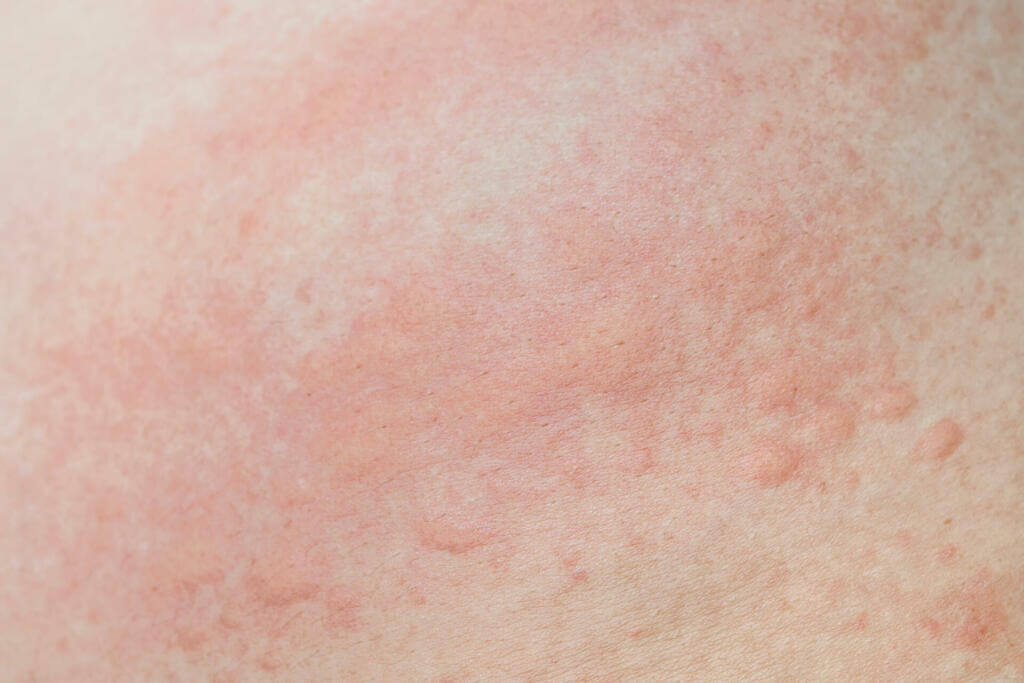
Naturally Sourced Ingredients That Soothe Redness and Inflammation
Niacinamide
When it comes to calming irritated, red skin, certain ingredients stand out for their effectiveness. Niacinamide, a form of vitamin B3, is one such ingredient that is known for its anti-inflammatory properties. It helps to strengthen the skin barrier, reduce inflammation, and even out skin tone, making it particularly useful for those with rosacea or acne-prone skin. Regular use of niacinamide can lead to a significant reduction in redness over time.
Azelaic Acid
Another powerful anti-inflammatory ingredient is azelaic acid, which is naturally found in grains like barley and wheat. Azelaic acid is effective in treating rosacea, acne, and hyperpigmentation. It works by reducing the production of keratin, which can clog pores and lead to acne, and by inhibiting the growth of acne-causing bacteria. Moreover, azelaic acid has been shown to reduce the appearance of visible blood vessels, a common issue in rosacea, helping to calm and soothe the skin.
Green Tea
Green tea extract is also highly regarded for its anti-inflammatory and antioxidant properties. The polyphenols in green tea help reduce inflammation and protect the skin from damage caused by free radicals. Green tea extract is gentle enough for all skin types and is particularly beneficial for those with sensitive or acne-prone skin. Using products that contain green tea extract can help reduce redness and improve the overall appearance of the skin.
Chamomile
Chamomile, a well-known calming ingredient, is another excellent choice for reducing skin redness. Rich in flavonoids, chamomile has anti-inflammatory and antioxidant properties that help to soothe and calm the skin. It is especially useful for sensitive skin prone to redness and irritation. Chamomile extract is often found in cleansers, toners, and moisturizers formulated for sensitive skin.
Gotu Kola
Centella asiatica, also known as gotu kola, is a traditional medicinal plant that has gained popularity in skincare for its healing and soothing properties. It helps to repair the skin barrier, reduce inflammation, and promote collagen production, making it particularly beneficial for irritated or sensitive skin. Products containing centella asiatica can help calm redness and support the skin’s natural healing processes.
Licorice Root
Finally, licorice root extract is an ingredient that deserves a spot in any anti-redness skincare routine. It has anti-inflammatory and skin-brightening properties, making it effective at reducing redness and hyperpigmentation. Licorice root extract works by inhibiting the production of melanin, which can help to even out skin tone and reduce the appearance of red or dark spots.
Tailoring Your Skincare Routine
Selecting the right skincare products is crucial for managing and reducing skin redness. Look for products that are fragrance-free, non-comedogenic, and specifically formulated for sensitive or redness-prone skin. It’s also important to introduce new products gradually, allowing your skin time to adjust and monitoring for any adverse reactions. Incorporating calming ingredients like niacinamide, azelaic acid, green tea extract, aloe vera, and centella asiatica into your routine can help soothe inflamed skin and prevent future redness.
In addition to using the right skincare products, lifestyle changes can also make a significant difference in managing skin redness. Protecting your skin from environmental factors, such as using sunscreen daily, wearing protective clothing in extreme weather, and avoiding known triggers like spicy foods or alcohol, can help prevent flare-ups. Staying hydrated, managing stress, and following a consistent skincare routine tailored to your skin’s needs will also contribute to healthier, calmer skin. In cases of severe or persistent redness, it’s always a good idea to consult with a dermatologist. They can provide a more tailored treatment plan and suggest prescription-strength products if necessary.
By understanding the common causes of skin redness and incorporating effective soothing ingredients into your skincare routine, you can take control of your skin’s health and appearance. Whether you’re dealing with rosacea, acne, or simply sensitive skin, the right approach can make all the difference in achieving a clearer, more even complexion.



